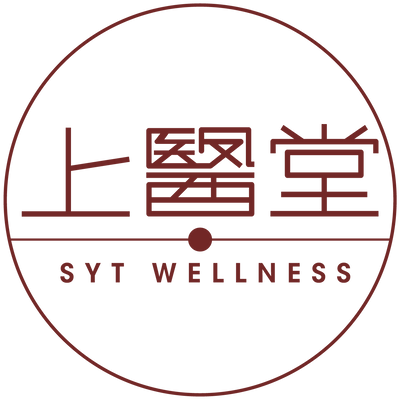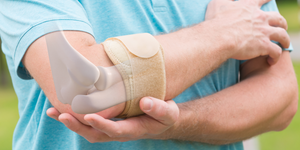Cause:
Another symptom opposite to "tennis elbow" is "golf elbow", which is the inner side of the elbow, and pain occurs when the elbow joint is stretched and flexed, which is "intrahumeral epicondylitis".
The internal epicondyle of the humerus is the attachment point of the forearm flexor tendon. Due to long-term fatigue, the starting point of the wrist flexor muscle is stimulated by stretching, causing chronic aseptic inflammation, leading to "intrahumeral epicondylitis". Or they may be injured in an accidental fall, causing partial tearing of the forearm flexor tendon, resulting in hematoma and fibrous scarring.
Clinical manifestations:
Long-term golfing or occupational diseases causes elbow fatigue, and the pain will be aggravated over time. Patients will feel pain in the upper arm and forearm, restricted limb movement, weakness, and decreased function.
Treatment method:
1. Manipulative therapy: press on the pain points, massage to relax the muscles of the inner forearm, and straighten out the tendons and collaterals.
2 Acupuncture: Press the acupoint in pain, tuina massage to relax the inner forearm muscles to relax and straighten out the tendons.
3. Traditional Chinese medicine treatment: topical application of pain relief ointment. Orally take TCM pill for activating blood and removing blood stasis.
Reminder:
Temporarily stop the activity of the affected limb and rest more. Warmly compressing the affected area helps promote blood circulation and eliminate inflammation.
Stop eating shrimp, crab, beef, spicy, and alcoholic beverages. Do more stretching exercises. Swim more and relax your limbs and spine. Improve bad exercise posture.
Case:
There are more and more people play golf, so correspondingly more patients came to seek medical treatment. Because the golf club has to be held backhand when playing golf, some patients have only used the muscles of the inner forearm to exert force due to the tight grip of the club, instead of using the inertial force of the body's spinal rotation to play the ball, causing injuries to the internal and external muscles, the starting and ending points of the tendons, and the internal epicondyle of the humerus. Almost all beginners will go through this stage.
For other patients, as they failed to aim the ball and hit the club on the grass instead, their elbow are injured due to the impact of the club, causing the periosteum to tear and even spine injuries. During treatment, I often advise the patients to hire a better coach after recovery to improve their posture in serving .
Source:"The Complete Book of Pain" by Cheung Yung


